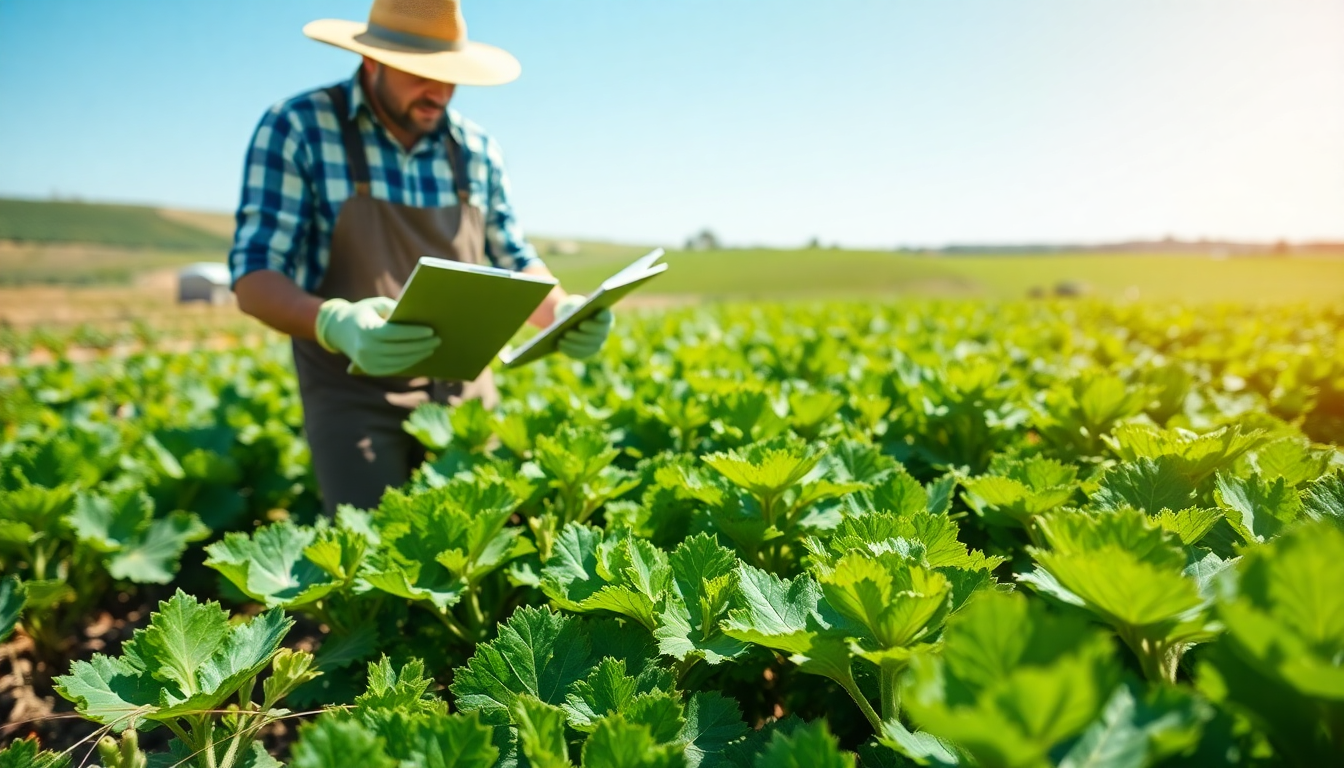As the warm weather approaches, many gardeners and farmers eagerly await the arrival of juicy, sweet watermelons. However, the journey to a bountiful harvest can be fraught with challenges, as watermelons are susceptible to a variety of pests and diseases that can wreak havoc on your crop. In this comprehensive guide, we'll explore the most common watermelon pests and diseases, and provide you with practical, eco-friendly solutions to keep your watermelons thriving.
Understanding Watermelon Pests
Watermelons are a favorite target for a range of pests, each with its own unique feeding habits and life cycles. Let's take a closer look at some of the most prevalent watermelon pests and how to manage them effectively.
Cucumber Beetles
Cucumber beetles, both the striped and spotted varieties, are notorious for their love of watermelon plants. These small, yellow-and-black beetles feed on the leaves, stems, and even the fruit, causing significant damage. To combat cucumber beetles, consider using row covers or floating row covers to physically exclude them from your plants. You can also try using organic insecticidal soaps or neem oil to target the beetles directly.
Aphids
Aphids are tiny, sap-sucking insects that can quickly infest watermelon plants, stunting their growth and reducing yields. These pests often congregate on the undersides of leaves, making them difficult to spot. Encourage the presence of beneficial insects, such as ladybugs and lacewings, which prey on aphids. You can also use insecticidal soaps or horticultural oils to control aphid populations.
Squash Bugs
Squash bugs are another common watermelon pest, feeding on the leaves, stems, and even the fruit. These shield-shaped bugs can transmit diseases and cause wilting and discoloration in the plant. Hand-picking and removing the bugs, as well as their eggs, can be an effective organic control method. You can also use row covers or apply diatomaceous earth around the base of the plants to deter the bugs.
Watermelon Worms
The larvae of the pickleworm moth, known as watermelon worms, can burrow into the fruit, causing significant damage. To prevent watermelon worms, consider using pheromone traps to monitor and disrupt their mating cycles. You can also apply Bacillus thuringiensis (Bt), a naturally occurring bacteria that is toxic to the worms, as a targeted organic insecticide.
Combating Watermelon Diseases
In addition to pests, watermelons can also fall victim to a range of diseases that can compromise the health and yield of your crop. Let's explore some of the most common watermelon diseases and effective management strategies.
Fusarium Wilt
Fusarium wilt is a devastating fungal disease that can cause wilting, yellowing, and ultimately the death of watermelon plants. To prevent Fusarium wilt, choose resistant watermelon varieties and practice crop rotation to break the disease cycle. You can also apply a biological fungicide containing Trichoderma, a beneficial fungus that can outcompete and suppress Fusarium.
Anthracnose
Anthracnose is a fungal disease that can cause circular, sunken lesions on the leaves, stems, and fruit of watermelon plants. To manage anthracnose, ensure proper air circulation around your plants and apply a copper-based fungicide at the first signs of the disease.
Powdery Mildew
Powdery mildew is a fungal disease that appears as a white, powdery growth on the leaves and stems of watermelon plants. To prevent powdery mildew, choose resistant watermelon varieties and maintain good air circulation around your plants. You can also use a baking soda-based fungicide or a milk-based solution to control the disease.
Bacterial Wilt
Bacterial wilt is a devastating disease that can quickly kill watermelon plants. It is caused by a bacterium that is transmitted by cucumber beetles. To prevent bacterial wilt, focus on controlling the cucumber beetle population and choose resistant watermelon varieties.
Implementing Integrated Pest Management
Effective watermelon pest and disease management requires a comprehensive, integrated approach. By combining multiple control strategies, you can create a more resilient and sustainable system that protects your watermelon crop while minimizing the use of harsh chemicals.
Cultural Practices
Implement sound cultural practices, such as crop rotation, proper spacing, and maintaining good soil health, to create an environment that is less favorable for pests and diseases. Ensure adequate air circulation around your plants and remove any infected or damaged plant material to prevent the spread of diseases.
Biological Controls
Encourage the presence of beneficial insects, such as ladybugs, lacewings, and parasitic wasps, which can help control pests like aphids and cucumber beetles. You can also use microbial-based biopesticides, such as Bacillus thuringiensis (Bt) and Trichoderma, to target specific pests and diseases.
Mechanical Barriers
Use physical barriers, such as row covers, floating row covers, and insect netting, to exclude pests from your watermelon plants. These barriers can be particularly effective against cucumber beetles, aphids, and other crawling insects.
Organic Pesticides
As a last resort, consider using organic pesticides, such as insecticidal soaps, neem oil, and copper-based fungicides, to target specific pests and diseases. Always follow the product instructions and apply these treatments judiciously to minimize any potential impact on beneficial organisms.
By implementing a comprehensive, integrated pest management (IPM) strategy, you can effectively protect your watermelon crop from a wide range of pests and diseases, ensuring a bountiful and healthy harvest.
Conclusion
Safeguarding your watermelon crop from pests and diseases requires a multi-faceted approach that combines cultural practices, biological controls, and targeted organic treatments. By understanding the common watermelon pests and diseases, and implementing a well-rounded IPM strategy, you can enjoy a thriving, productive watermelon patch that provides a delicious and nutritious addition to your summer table.
Remember, the key to successful watermelon cultivation lies in staying vigilant, adapting to the unique challenges of your growing environment, and embracing a holistic, eco-friendly approach to pest and disease management. With the right strategies in place, you can look forward to a bountiful watermelon harvest year after year.


0 comments